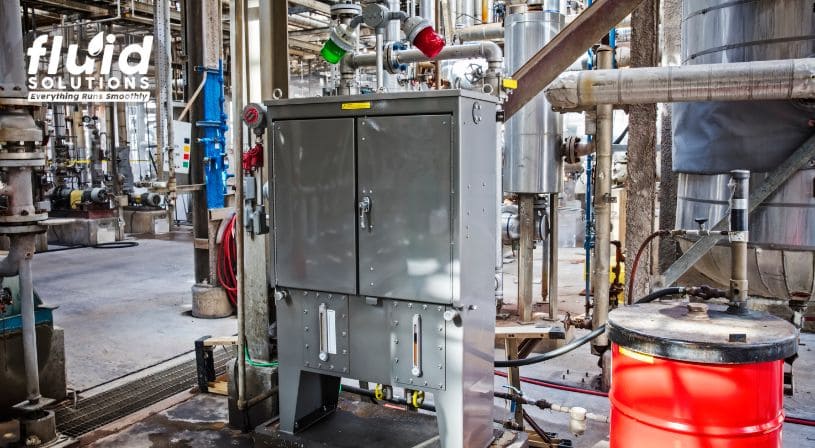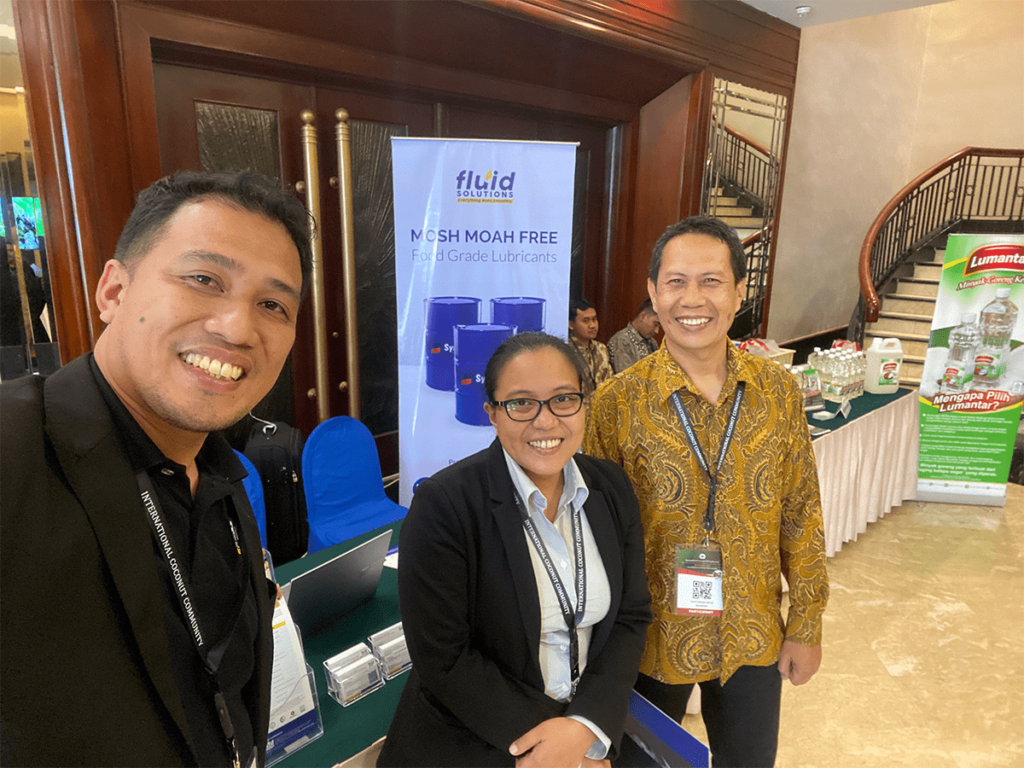
Centralized Lubricating Systems (CLS) have become a game changer in industrial maintenance, especially for businesses dealing with large machinery and complex operations. Unlike manual lubrication, CLS offers a fully automated solution that ensures continuous, precise, and efficient lubrication. As more industries adopt auto lubrication solutions, it’s clear that CLS provides significant advantages over traditional lubrication method.
Key Takeaways
- Centralized Lubricating Systems (CLS) automate precise, continuous lubrication, reducing downtime and maintenance costs.
- Benefits include correct lubricant usage, minimal contamination, optimized flow, and improved equipment lifespan.
- Ideal for large, slow-moving, or widely spaced machinery components.
- Limitations include the need for regular maintenance and only supporting one lubricant type.
- Proper system design is essential for optimal performance.
Key Advantages of Centralized Lubricating Systems
A. Correct Lubricant Usage
One of the most significant benefits of CLS is that it eliminates the risk of using the wrong lubricants. With manual systems, human error can lead to incorrect lubricant application, which may damage machinery. Centralized systems, however, ensure that the correct lubricant is delivered automatically, preventing costly mistakes.
B. Minimized Contamination
Manual lubrication often exposes the lubricant to contaminants such as dust, debris, and moisture, which can degrade its effectiveness. Centralized lubrication systems, by contrast, are closed-loop systems that reduce the risk of contamination, ensuring the lubricant remains clean and effective throughout its use.
C. Optimized Lubricant Usage
Automatic lubrication systems for equipment allow for more efficient lubricant use. By precisely controlling the flow of lubricants, automatic lubrication systems ensure that the right amount of lubricant is delivered to each component at the correct intervals.
Centralized Lubrication Systems (CLS) minimize waste and prevent over or under lubrication, which can lead to premature component failure. These automatic greasers for equipment not only enhance performance but also lead to significant cost savings over time by extending the life of machinery and reducing maintenance needs.
D. Continuous Operation
One of the standout features of centralized lubrication systems is their ability to re-lubricate machinery without the need to stop production. This means that equipment can continue running while it’s being lubricated, reducing downtime, and improving overall productivity.
E. Reduced Labor Costs and Risks
With CLS, the need for manual lubrication is minimized, which reduces labor costs. Additionally, automated lubrication systems can reach inaccessible or dangerous areas, reducing the risk of accidents and injuries that may occur during manual lubrication.
Components of a Centralized Lubricating System

Image Source: https://www.google.com/url?sa=i&url=https%3A%2F%2Fwww.indiamart.com%2Fproddetail%2Fsingle-line-injector-lubrication-system-15535242262.html&psig=AOvVaw2EnHHbWIzE8rbo3-P9T5oc&ust=1727771996112000&source=images&cd=vfe&opi=89978449&ved=0CBcQjhxqFwoTCNCVsrOi6ogDFQAAAAAdAAAAABAR
Centralized lubrication systems are composed of several critical components, each serving a vital role in the efficient delivery of lubricants to machinery:
A. Reservoir or Tank
The lubricant reservoir stores the lubricant and can vary in size depending on the application, ranging from small containers to large 200-liter drums. The reservoir supplies lubricant to the rest of the system, ensuring a constant flow.
B. Pump
The pump is the heart of the CLS, generating the flow required to transport the lubricant from the reservoir to the machine components. Depending on the system’s design, pumps can be electrically or pneumatically driven.
C. Control Valve
Control valves direct the flow of lubricants to specific lubrication points, ensuring that each area receives the necessary lubricant.
D. Metering Valves
Metering valves monitor and control the amount of lubricant delivered to each lubrication point, preventing over-lubrication or under-lubrication.
E. Overflow Valve
Any excess lubricant is returned to the reservoir through the overflow valve, preventing waste and ensuring that the lubricant is used efficiently.
Ideal Applications for Centralized Lubricating Systems
Centralized lubrication systems are particularly well-suited for industries and machinery that require precise, automated lubrication. Some of the most common applications include:
A. Large Bearings with Low Speeds
Heavy-duty bearings, often found in industries such as steel and sugar milling, benefit from the constant lubrication that CLS provides. The system ensures that even large, slow-moving bearings receive consistent lubrication.
B. Multiple Aligned Bearings
Industries that involve multiple aligned bearings, such as conveyor systems or large production lines, can take advantage of CLS to lubricate several bearings in sequence efficiently.
C. Long Distances Between Bearings
Industries that involve significant distances between lubrication points, such as with cement factories and steel mills, benefit greatly from CLS, as it can efficiently deliver lubrication across long distances.
Limitations of Centralized Lubricating Systems
While CLS offers numerous advantages, it’s important to recognize that there are some limitations to be aware of:
A. Maintenance and Monitoring Needs
Despite the automated nature of CLS, regular maintenance and monitoring are still necessary to ensure the system functions properly. Neglecting maintenance of CLS can lead to system failure and equipment damage.
B. Correct System Design
For CLS to work effectively, the system must be properly designed. Ensuring the right lubricant reaches each point in the correct amounts and intervals is crucial for avoiding potential issues, such as over- or under-lubrication.
C. Single Lubricant Limitation
One of the main drawbacks of CLS is that it can only handle one type of lubricant throughout the system. If your equipment requires different types of lubricants for various components, this may not be the most suitable solution.
Centralized Lubricating Systems offer significant benefits in terms of efficiency, cost savings, and equipment longevity. However, like any industrial solution, they require proper design, maintenance, and an understanding of their limitations to function optimally. Businesses should assess their specific needs and challenges when deciding whether to implement CLS.
Optimize Your Lubrication Process with Fluid Solutions
For businesses looking to enhance their lubrication processes, Fluid Solutions offers customized centralized lubrication products designed to improve efficiency and reduce maintenance costs. With a wide range of products and expert support, Fluid Solutions can help you implement the right system for your industrial application.
For more information, contact us at (02) 8370 5928 / (0917) 894 9156, or email us at inquiry@fluidsolutions.com.ph. Our team of experts is ready to assist you in finding the best lubrication technology for your maintenance needs and enhancing the reliability of your equipment.


